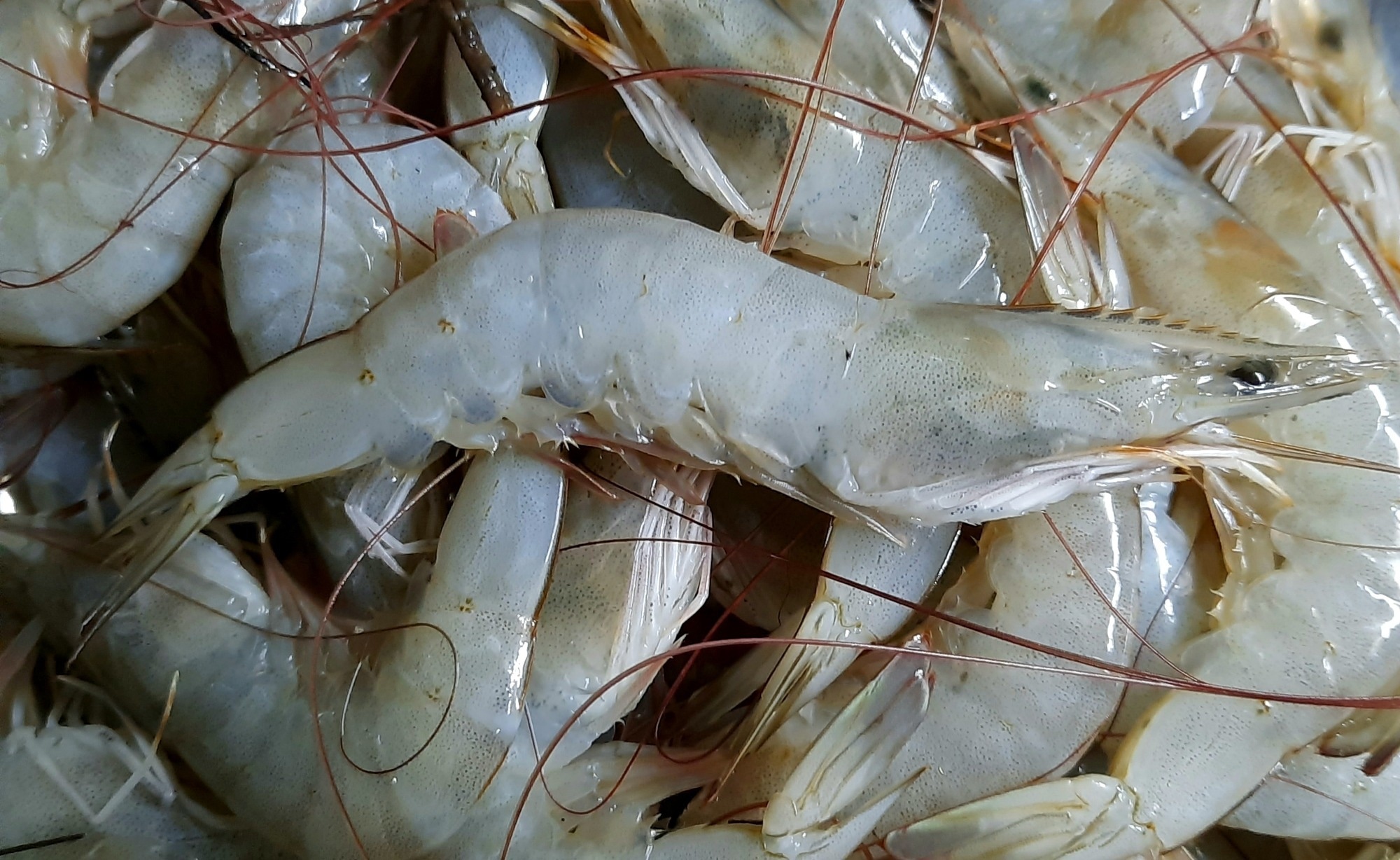Food analysis laboratories can provide an answer to questions like “Was the salmon for dinner really caught wild or did it come from aquaculture? What to make of the alleged ‘biolabel quality’ of the shrimp for the seafood salad? And was the chicken for the Sunday roast really allowed to spend its life in the open air?” to a limited extent.

Image Credit: © Fotokannan/Wikipedia.
Food analysis frequently necessitates time-consuming tests that integrate multiple assays. A DKFZ team led by Frank Lyko, along with colleagues from the chemical manufacturer Evonik, has now presented a potentially easier approach. Their novel technique is to examine the distinctive fingerprint of chemical markers on animal genomes.
The question of the origin of food is increasingly becoming a purchasing argument for consumers-especially when it comes to animal products and thus also tot he well-being of animals. We have now established an amazingly sensitive detection method that maps many of the environmental factors that are relevant to animal well-being.”
Frank Lyko, German Cancer Research Center
Human genetic material, DNA, is covered in millions of chemical markers. These are methyl groups, which have crucial biological activities. They are in charge of determining which genes are translated into proteins.
Unlike the lifetime stable sequence of DNA building units, methyl labels can be reattached or deleted several times. This occurs with adaptation to biological needs. In humans, for instance, the methyl pattern, or “methylome,” alters as a result of disease or aging. Epigenetics refers to the sum of these reversible regulatory elements in the genome.
It is not always possible to demonstrate the impact of environmental influences on the methylome. The marble crayfish is a suitable model organism for Frank Lyko’s research at DKFZ to gain thorough expertise on this topic.
All marble crayfish have an identical genome, which means they are a single clone. Therefore, the study of environmentally induced changes in the methylation pattern is not falsified by deviating genetic factors.”
Frank Lyko, German Cancer Research Center
The methylome examination is carried out using a unique DNA sequencing approach that enables the researchers to identify each methylated DNA building block. Lyko and coworkers were therefore able to pinpoint marble crayfish populations from all over the world.
They were able to tell the difference between creatures from clean or eutrophic waters, as well as those from laboratory husbandry. The experts were able to examine the time course of methylation pattern adaption when moving between two methods of husbandry.
Motivated by these convincing findings, the scientists successfully extended the methylome analysis to animals that are commonly consumed by humans. This study was carried out in partnership with colleagues of Evonik.
The investigators were able to differentiate shrimp from various growing facilities. The methylome of salmon from slow-flowing rivers varies from that of their mountain stream conspecifics. The farm and its feed supply influenced the methylation pattern in chickens.
The environmental and living conditions leave a specific fingerprint in the methylome of all organisms studied. This turns out differently in a free-range chicken than in a factory farm.”
Frank Lyko, German Cancer Research Center
“Methyl fingerprints could expand the possibilities of food analysis as an important biomarker. However, sequencing as we applied it in this study is a laborious procedure that cannot be routinely performed in food analysis. We are therefore working with Evonik to develop a test system for methylome fingerprinting that can also find its way into laboratories on a broad scale,” notes DKFZ researcher Sina Tönges, one of the study’s authors.
Source:
Journal reference:
Venkatesh, G., et al. (2023). Context-dependent DNA methylation signatures in animal livestock. Environmental Epigenetics. doi.org/10.1093/eep/dvad001.